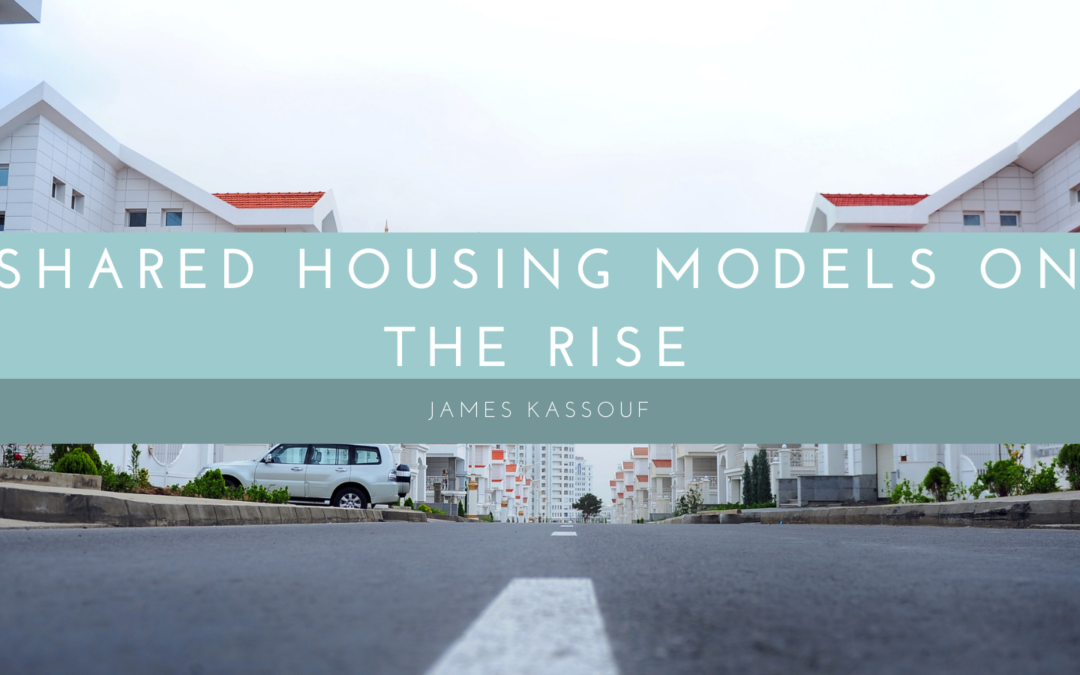Housing costs are on the rise in many markets across the country. While dips in prices sometimes happen, the overall costs of housing tend to go up a lot over time.
This is happening for a number of reasons. First of all, the population is continuing to grow in size even when the available housing supply isn’t. Second, the amount of land where homes can be built is limited and often in actual decline. Third, many of the professionals necessary for home construction are in shortage as older workers retire without being replaced by younger generations.
Many different answers might provide relief, and some are already happening. For instance, shared housing models are growing.
Most of American society is built on the concept of rugged individualism. Every family owns their own home. Each person might even have their own car. Shared housing upends this notion in many ways.
The specific application of shared housing can vary quite a bit, but it generally involves multiple individuals sharing ownership of housing. A standard apartment might have a kitchen, dining space, living room, two bedrooms, and a bathroom or two. There might even be a patio space and laundry room.
Does every person need all of this? Do all pairs of roommates need all of this? Shared housing could mean that some of those rooms are turned into bedrooms or even other rooms. Someone who just wants a bedroom and an office would only need to pay for those two rooms, and other rooms could be converted into usable spaces for other tenants or owners.
Modern technology makes such things possible. Vacation and time-share homes are already split up among many people, but where they are split up by parts of the calendar, shared housing is partitioned room by room.
Shared housing is most effective in highly urbanized areas with significant population density. For that matter, that’s also where shared housing might just be the most necessary. It can alleviate local strains on residents who face serious housing shortages or expenses.
Shared housing can put residents close to jobs, amenities, and mass transit. This means it can cater to a high quality of functional life. It saves residents money and time in a time when both are in short supply.

